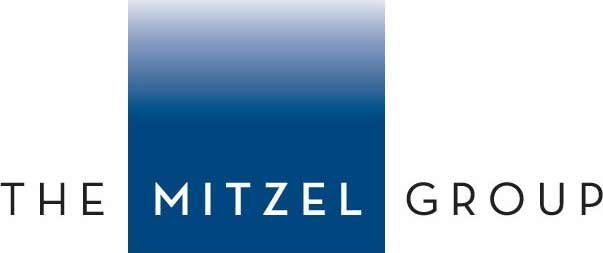The Guidance Provided May Adversely Impact Employers’ Abilities To Change Company Policies And Effectively Downsize
In November, the Equal Employment Opportunity Commission (“EEOC”) approved draft final regulations that provide guidance for the use of the “reasonable factor other than age” (“RFOA”) defense under the Age Discrimination in Employment Act (“ADEA”). If these new regulations become law they may both advance the purpose of the ADEA (and consequently protect older employees) and/or hurt employers during already difficult periods of downsizing and policy changes.
The EEOC drafted these regulations in response to two court cases. The Courts held in Smith and Meacham that if an employment practice which has a disparate impact on older workers is implemented, it is discriminatory unless the practice is justified by a reasonable factor other than age and that the employer bears the burden of proving such a defense. (Smith v. City of Jackson , 544 U.S. 228 (2005); Meacham v. Knolls Atomic Power Lab., 128 S. Ct. 2395 (2008).)
In defining “reasonableness” the EEOC presents the following non-exhaustive list of factors as relevant to this determination:
- whether the employment practice and the manner of its implementation are common business practices;
- the extent to which the factor is related to the employer’s states business goal;
- the extent to which the employer took steps to define the factor accurately and to apply the factor fairly and accurately (e.g., training, guidance, instruction of managers);
- the extent to which the employer took steps to assess the adverse impact of its employment practice on older workers;
- the severity of the harm to individuals within the protected age group, in terms of both the degree of injury and the numbers of persons adversely affected and the extent to which the employer took preventive or corrective steps to minimize the severity of the harm, in light of the burden of undertaking such steps; and
- whether other options were available and the reasons the employer selected the option it did.
While employers need not address every factor listed above, the EEOC fails to tell employers which of these factors will be the most crucial in determining reasonableness in different circumstances. As such, it may be harder now for employers to make previously rational lay-offs or other policy changes without opening themselves up to the threat of litigation.
In addition to providing guidance on whether or not a factor is “reasonable,” the EEOC also helps define the “other than age” requirement with this non-exclusive list of factors to consider:
- the extent to which the employer gave supervisors unchecked discretion to assess employees subjectively;
- the extent to which supervisors were asked to evaluate employees based on factors known to be subject to age-based stereotypes; and
- the extent to which supervisors were given guidance or training about how to apply the factors and avoid discrimination.
Again, not all factors mentioned must be addressed by the employer and others may be added to address the issue of “other than age”.
How Does This Affect Your Business?
Going forward, when implementing any non-age related employment practice it will be more important than ever to consider just what type of impact the practice may have on your employees. Will it disproportionately affect older workers? Has your company taken any preventative or corrective measures? Are there other equally effective alternatives available to achieve your goal that don’t disproportionately harm older workers?
Often times you may not realize proposed employment practices will have an adverse affect. If you’d like help implementing new policies fairly please contact us at info@mitzelgroup.com.

